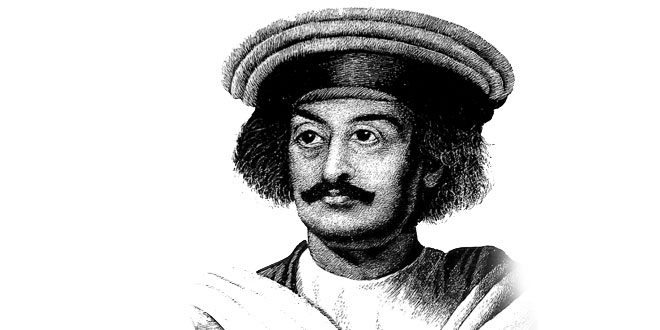Question: What did Raja Ram Mohan Roy do to end the practice of sati?
Answer: Raja Ram Mohan Roy was a great social reformer. He moved to see the tyranny of old practices that were deeply rooted in the Indian society. Burning of widows on the funeral pyre of their husbands was one such old practice which, Ram Mohan Roy felt, needed to be rooted out immediately. He began a campaign against this. As he had deep knowledge of Sanskrit, Persian and several other Indian and European languages, die tried to show through his writings that the practice of sati had no sanction in ancient texts. He got support from the British officials who had also begun to criticize Indian traditions and customs by the early 19th century. Finally, in 1829, the practice of sati was banned.
Question: Give an account of the movement that spread in different parts of the country in favour of widow remarriage. Did the movement get success?
Answer: The movement in favor of widow remarriage spread in different parts of the country by the second half of the 19th century. Veerasalingam Pantulu formed an association for widow remarriage in the Telugu- speaking areas of the Madras Presidency. Around the same time young intellectuals and reformers in Bombay pledged themselves to work for the same cause. In the north the founder of the Arya Samaj Swami Dayanand Saraswati also supported widow remarriage.
However, the movement did not get much success. The number of widows who actually remarried remained low. Those who remarried were not easily accepted in the society. The conservative people never approved the new law.
Question: What do you know about Tarabai Shinde and Pandita Ramabai? What did they do for improving the condition of women.
Answer: Tarabai Shinde was a woman who got education at home at Poona. She is better known for publishing a book named Stripurushtulna meaning a comparison between women and men. She, in this book, criticizes the social differences between men and women. Pandita Ramabai was a great scholar of Sanskrit. She found Hinduism very oppressive towards women and wrote a book about the pathetic condition of Hindu women belonging to upper caste. She started a widow’s home at Poona to provide shelter to widows who had been maltreated by their husband’s relatives. Here women were given training to make them self-dependent.
Question: Give a brief description of movements that were organised by people from within the lower castes against caste discrimination.
Answer: By the second half of the 19th century, people from within the lower castes began to raise voice against caste discrimination. They organised movements against this practice and demanded social equality and justice. The Satnami movement became famous in Central India. It was initiated by Ghasidas, who came from a low caste, worked among the leather workers and organised a movement to improve their social status. In Eastern Bengal, Haridas Thakur’s Matua sect worked among low caste Chandala cultivators. Haridas questioned Brahmanical texts that supported the caste discrimination. Shri Narayana Guru belonged to Ezhavas, a low caste in present-day Kerala. He proclaimed the ideals unity of all people within one sect, a single caste and one god. By organizing these movements the leaders coming from low-caste tried to create awareness amongst the lower castes.
 Class Notes NCERT Solutions for CBSE Students
Class Notes NCERT Solutions for CBSE Students


